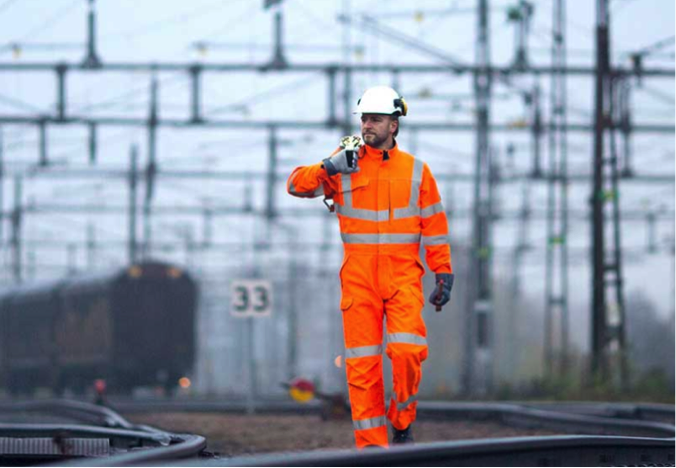 In a workplace with potential health and safety hazards, every precaution must be taken to ensure the safety of employees and visitors. This encompasses everything from displaying safety signs, to ensuring that employees receive up to date safety training, as well as providing the correct and up to date safety equipment. Here we will explore the importance of personal protective equipment (PPE) in the workplace.
In a workplace with potential health and safety hazards, every precaution must be taken to ensure the safety of employees and visitors. This encompasses everything from displaying safety signs, to ensuring that employees receive up to date safety training, as well as providing the correct and up to date safety equipment. Here we will explore the importance of personal protective equipment (PPE) in the workplace.
What is Personal Protective Equipment
PPE includes any form of equipment which is worn to minimise risk from hazards in the workplace. This can include gloves, footwear, bodysuits, helmets and eye protection, amongst many others. Whilst PPE does not remove the hazard, it does provide an extra level of safety and protection, should an accident occur.
When is it Necessary?
As part of a safe system of work, PPE should be worn any time someone is exposed to a hazard to minimise the risk of injury occurring. The appropriate PPE should be worn where other controls are not available, or during activities whereby a control cannot be implemented such as during repair or cleaning work.
PPE should always be considered alongside other health and safety measures, such as displaying safety signs or minimising the risk of unauthorised persons accessing hazardous areas by storing keys in key storage solutions from Reece Safety.
Choosing the Right Personal Protective Equipment
 The appropriate PPE should be worn for the situation, location and potential hazard risk. For example, where there is risk of falling objects, safety helmets are a must, and when working with hazardous materials protective gloves and goggles should be worn.
The appropriate PPE should be worn for the situation, location and potential hazard risk. For example, where there is risk of falling objects, safety helmets are a must, and when working with hazardous materials protective gloves and goggles should be worn.
When selecting the right PPE you must also consider if it can adequately control the risk involved, and if it is suitable for the demands of the wearer, including length of time worn, visibility and compatibility with other pieces of PPE.
Before issuing PPE to workers it should be fitted correctly to ensure the maximum safety and comfort when wearing. As part of a safe system of work, a PPE strategy should be in place to ensure the correct equipment is selected and worn at the appropriate times.
Creating a PPE Strategy
The first stage of a PPE strategy requires conducting a full risk assessment to identify any potential hazards in the workplace. Once this risk assessment has been completed, including assessing factors such as procedures, equipment and layout you can move on to design your PPE program. Appropriate controls should be selected to minimise risk occurring and the suitable PPE selected for the situation. Once the PPE has been selected it should be fitted to the wearer and the wearer fully trained on its correct use. It is important to regularly check all PPE for signs of wear and conduct full maintenance and replacement where necessary.
It is the employer’s responsibility to ensure they are providing the correct equipment to protect their employees and that they also educate their employees on safe use. An appointment of a health and safety officer or PPE coordinator will ensure that this is done regularly and effectively.
For a PPE strategy to be successful it must be evaluated thoroughly throughout every phase and carefully considered. Without PPE and training in using the appropriate equipment, workers can be put at risk every time they are exposed to potential hazards.


